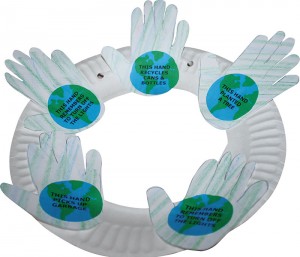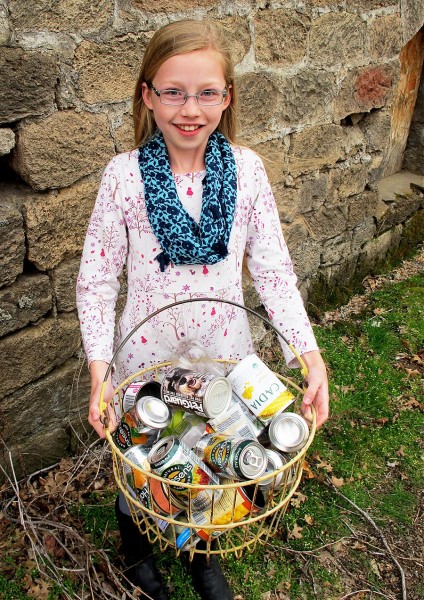 I guess it’s time for me to admit that I’m a tree hugger. Not the kind that would chain myself to a tree or live in a tree in protest, but the kind that truly does care about my environment, and even more importantly, the effect that we are having on our children and their children’s world.
I guess it’s time for me to admit that I’m a tree hugger. Not the kind that would chain myself to a tree or live in a tree in protest, but the kind that truly does care about my environment, and even more importantly, the effect that we are having on our children and their children’s world.
I’ve started educating myself about the impact that we are having on our environment and the impact that our environment is having on us, and I have found some pretty scary information. This is my list of seven things that designate me as “crunchy” and are easy things for you to implement if you want to be too!
7. You host Earth Day themed playdates (and not always around Earth Day!)
Yep. I sure did. And I’ll do it again because it was a fun, engaging and easy way to teach kids about the importance of greener living. Even toddlers were able to participate. We made recycled plant pots, planted seeds, and crafted this really cute HandPrint Earth.
Of course, the kids really enjoyed playing in the dirt.
6. You almost cry when you throw away something that can be recycled
I know. That sounds absolutely pathetic. But it is true that it physically pains me to throw away something that I know can be recycled. I have even been known to dig cans and bottles out of our garbage. OK, not DIG per se, but if they’re sitting on top I’ll pull them out. I just cannot stand the thought of contributing more to the landfills when an item can be re-used.
 5. On that note, you collect all of your “recyclable garbage” to send to organizations like Terracyle
5. On that note, you collect all of your “recyclable garbage” to send to organizations like Terracyle
Yes, I have a huge bin in my garage for all of those “could be recycled” items that the local recycling program will not take. Diaper and wipes packaging, individual juice wrappers, chip and candy bags, fruit pouches and so forth. We use a lot of these items, despite our efforts to cut back. But organizations like Terracyle (http://www.terracycle.com) will pay for you to ship them your hard-to-recycle products and they give you points in return. It’s a great program.
4. You spend $100 to outfit your children with brightly colored container lunchboxes
Bento and similar lunch boxes are cool and fun, but they are also sustainable. Because they are divided into multi-sized containers, the need for sending multiple Ziploc bags or buying prepackaged individual-sized items is reduced.
You might be surprised to know that on average, the typical American school-age child generates 67 pounds of school lunch packaging waste each year. That results in more than 18,000 pounds for an average-sized elementary school and 1.2 billion pounds of waste across the nation. Since I began thinking about this, I decided I’m done buying individually wrapped snacks when I can save money and the environment by eliminating them from our lunches. When I do have to use Ziploc bags, my children know to bring them home, and I rinse them out and re-use them multiple times. And oh – fun fact: Ziploc bags can be recycled with your store shopping bags, so don’t throw them out!
3. You share YouTube Videos from companies that promote green living
Yes, instead of sharing cute puppy videos or cool music videos, you share the videos about making your own cleaning supplies (another way you know you are crunchy!) and information about all the toxins we are exposed to on a daily basis. You beg your friends and family to watch this critical message about how we are damaging our bodies and our earth and get upset if they don’t. Seventh Generation, among other organizations, have some great videos to educate about toxins in the environment.
2. Your child’s first real chore was taking recyclables to the bin
True story. That is one of the first chores my kids ever did. We keep a bag inside to collect recyclables throughout the day. When it gets full, I have the kids take it to the bin in the garage. They still do this on a daily basis. And they know what can be recycled. At only 3 years old, my youngest teaches our guests on what can and cannot go in the garbage!
1. You know the list of the “Dirty Dozen” by heart AND you know that there is also a “Clean Fifteen”
If you really have a heart for green living, you must be aware of the Environmental Working Group (EWG). Each year they publish lots of information, but one of the most useful that I utilize in my daily life is the Dirty Dozen list of the top 12 fruits and vegetables testing positive for pesticide contamination. This allows me to make educated decisions in deciding to pay more for organic. Many foods we feed our children – including apples, peaches, strawberries and grapes – are all at the top of the list. You can also find the Clean Fifteen – these have the least amount of pesticides. Avocados, corn on the cob, pineapples, cabbage and onions are at the top of this list. Visit
http://www.ewg.org for more information.
In all seriousness, the Earth is ours, and we have a duty to do what we can to protect it. It’s not difficult to implement small steps around your home that can reduce our footprint on the earth. You can start by finding out what can be recycled and progress to swapping your toxic cleaners with non-toxic options.
As Nelson Mandela said: “You can never have an impact on society if you have not changed yourself.”
Online Resources
- Environmental Working Group: http://www.ewg.org
- Recycle “Good Stuff”: http://www.freecycle.org
- Tips for waste-free lunches: http://www.wastefreelunches.org and http://www.globalstewards.org/lunch.htm
- TerraCycle Inc.: http://www.terracycle.com
- Tree Hugger: http://www.treehugger.com
Posted in: Community
Comment Policy: All viewpoints are welcome, but comments should remain relevant. Personal attacks, profanity, and aggressive behavior are not allowed. No spam, advertising, or promoting of products/services. Please, only use your real name and limit the amount of links submitted in your comment.
You Might Also Like...
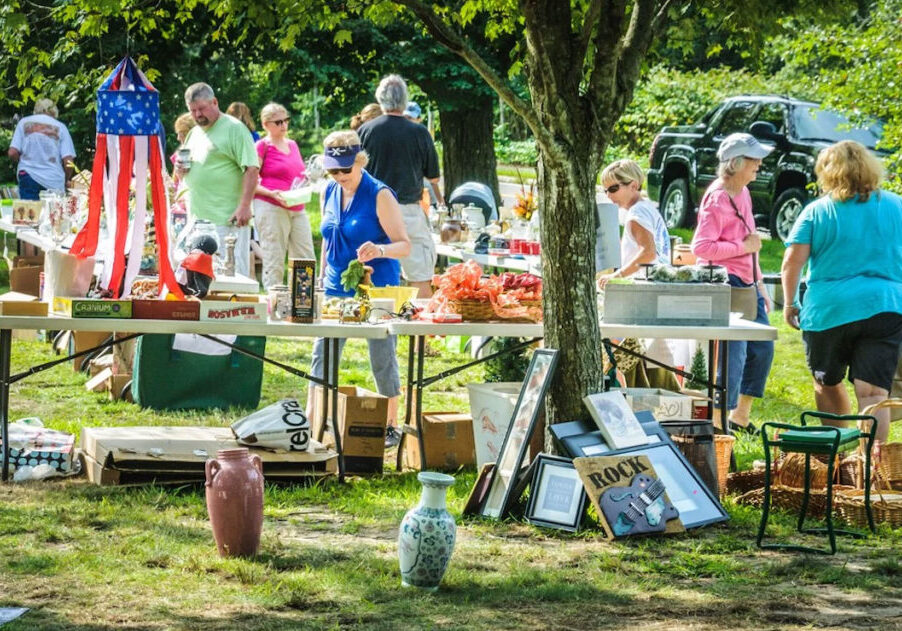
Host a Successful Yard Sale this Summer
Everything You Need to Know to Get Rid of Unwanted Stuff Is your garage, basement or closet overflowing from the heaps of stuff you’ve been saving? Do you rationalize this […]
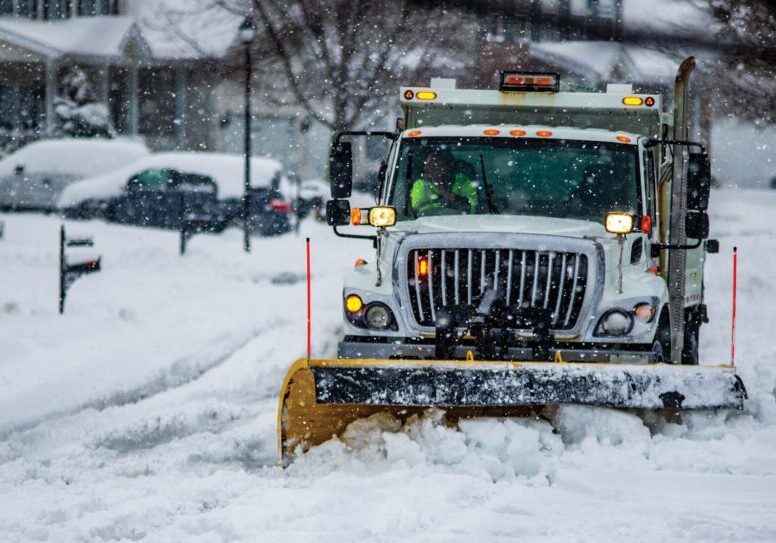
Listos: Vital Emergency Information for California Families
We’ve made it through the summer heat and wildfires. After what is turning out to be a lovely, mild fall, many in the North State will need to prepare to […]
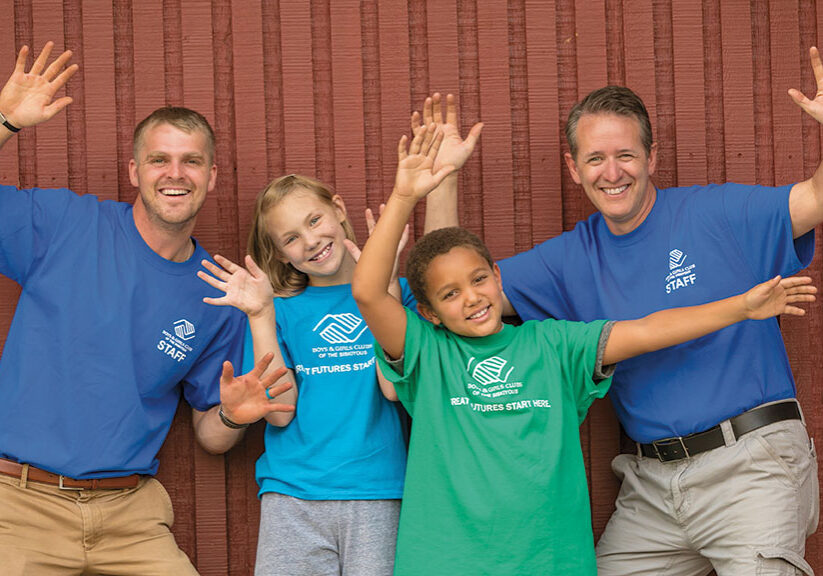
Empowering Kids and Building Leaders: Your Local Boys & Girls Clubs
For more than 158 years the Boys & Girls Clubs of America have been serving America’s youth. It is a name that is recognized across the nation, but how does […]
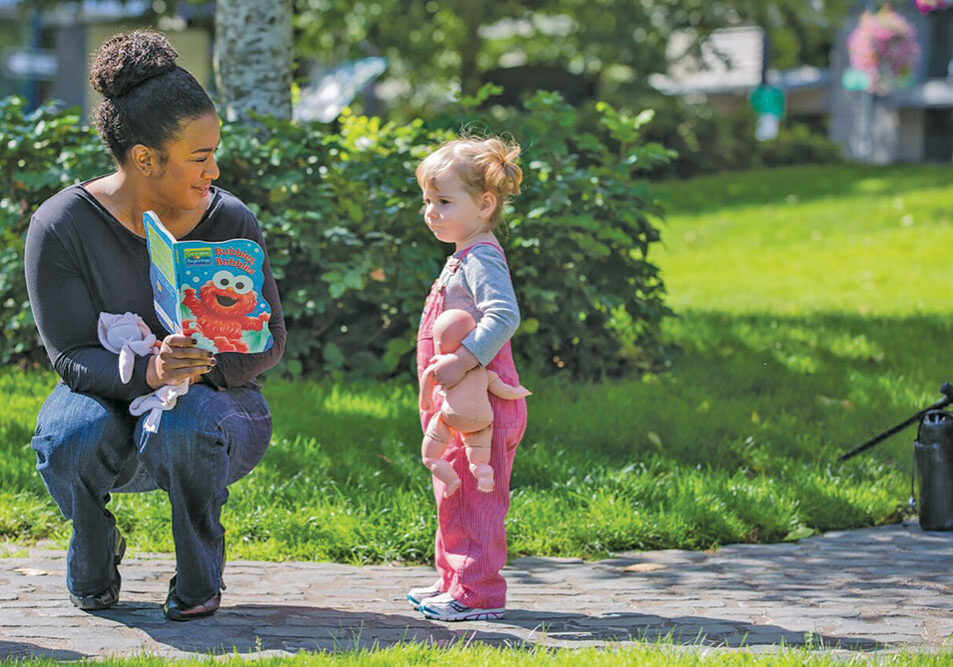
Court Appointed Special Advocates for Children: CASA in the North State
A profoundly troubling problem kept Judge David W. Soukup awake at night. As a juvenile court judge, Soukup was seeing children in the foster system enduring perpetual transition: attending multiple […]


